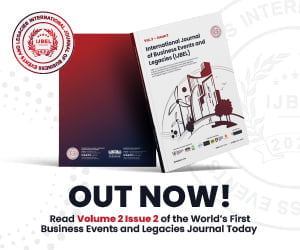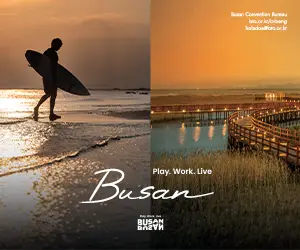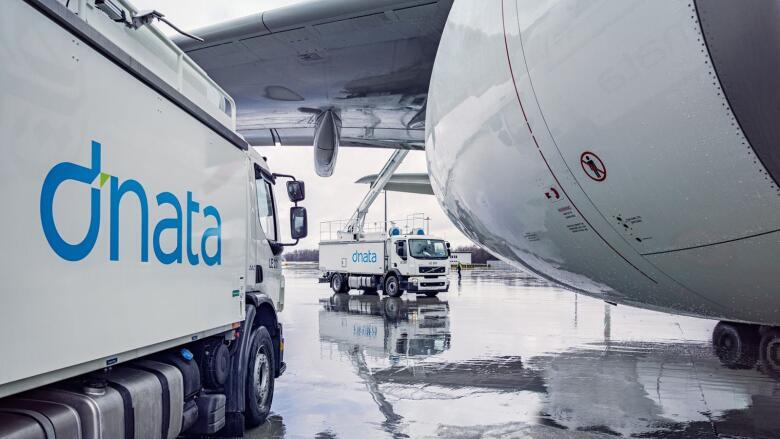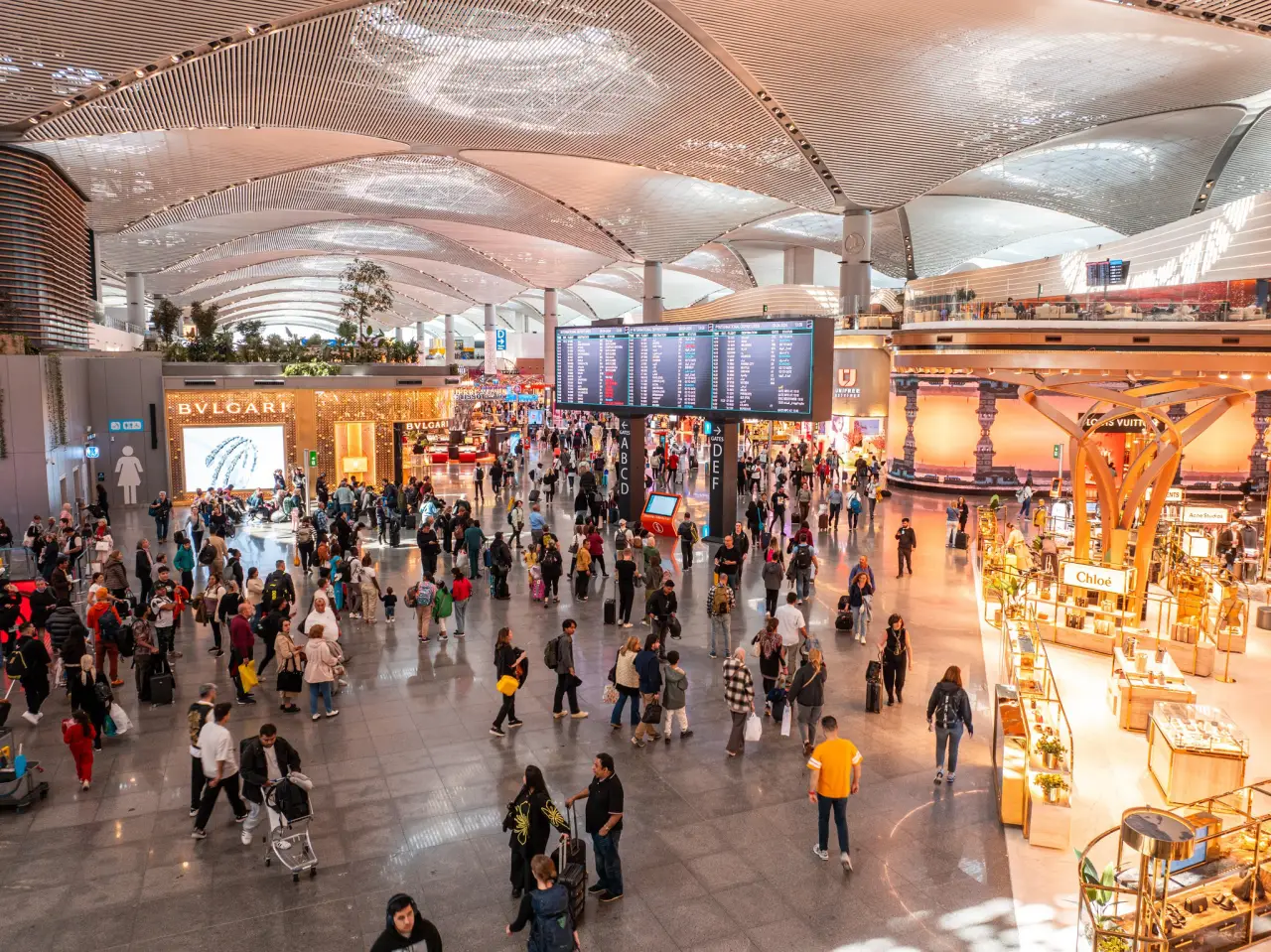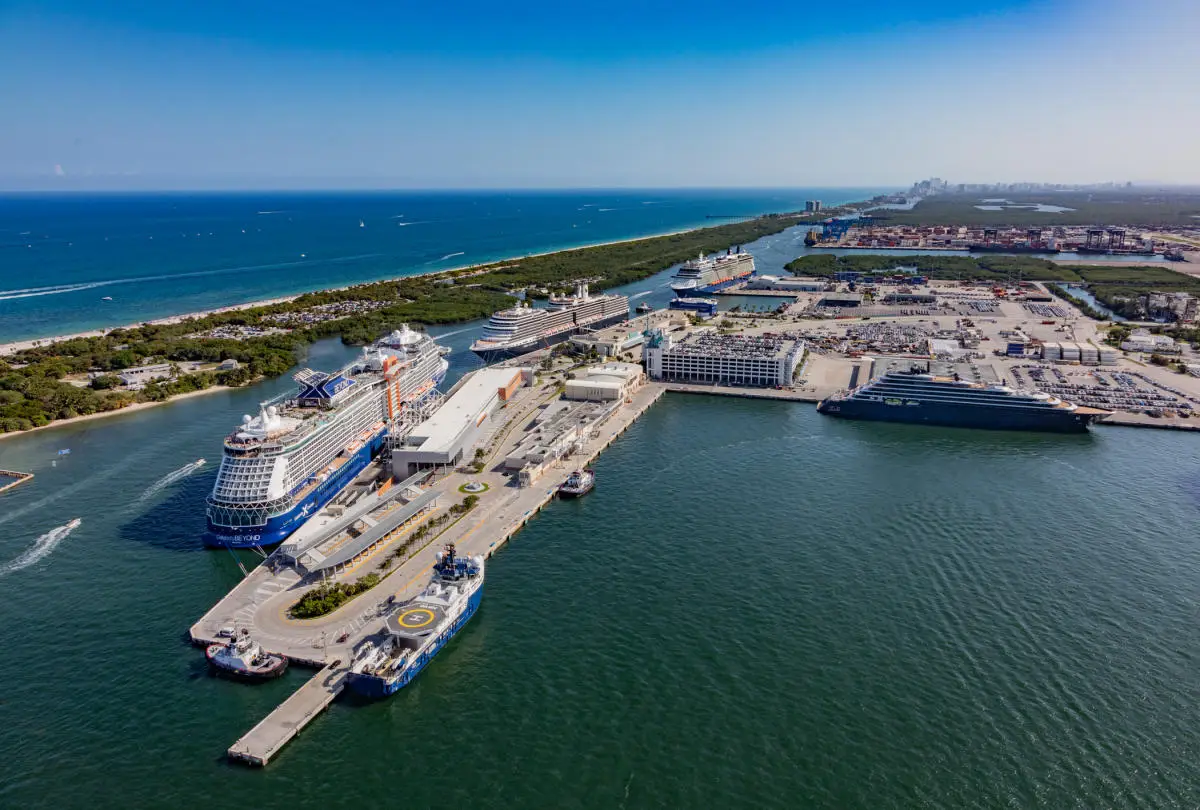Meetings, Incentives, Conferencing, Exhibitions (MICE) sector is one of the worst affected by Covid-19 as reliant on travel and large gatherings, the sector is considered high-risk during the pandemic and remains mostly shut.
Covid-19 continues to intensify in many emerging and developing economies. Borders in over 100 destinations including Canada, Australia, and India remain completely closed.
A consensus is emerging that even with our optimism for a vaccine we will not be Covid-free before 2022. We face a long transition phase that is uncertain and volatile before we reach the New Normal. The pace of recovery will vary across regions and segments.
Rod Kamleshwaran who leads the Convention and Exhibition Centre Development advisory team at GainingEdge shared a detailed analysis of MICE activities during the pandemic.
Which destinations are open for MICE events?
It is estimated that over 40 countries are open for events but most have capacity limits and other restrictions.
| Country | From | Capacity |
| China | May | no size limit |
| Taiwan | May | no size limit |
| Hong Kong | May | no size limit |
| Korea | May | no size limit |
| New Zealand | May | no size limit |
| Malaysia | June | up to 250 people |
| Thailand | June | no size limit but maximum 20,000 sqm |
| Japan | June | up to 5,000 people |
| Netherlands | July | limit subject to social distancing capacity |
| Germany | September | limit subject to social distancing capacity |
| United Kingdom | October | limit subject to social distancing capacity |
| Singapore | October | up to 250 people |
| UAE | October | limit subject to social distancing capacity |
What does MICE activity look like in open destinations?
Destinations that are widely open are those that have Covid under control. Even then, they face the risks of second waves of infections and re-imposition of lockdowns.
China and South Korea returned by hosting major domestic construction and automotive expos of 62,000 and 45,000 visitors respectively in May.
First in, first out of COVID, China, supported by the world’s largest domestic market is clearly leading the return of the MICE sector in terms of the level of activity. Shenzhen World alone has hosted numerous events with total visitors through its door since Covid reaching 1 million.
Supported by large domestic catchments, consumer expos are leading the return. Trade expos and Government meetings are also showing good form. Local corporate meetings and conventions are only just gaining confidence. Confidence for international conventions is unlikely until vaccination, treatment or effective suppression is achieved. Open borders alone will not restore confidence for the cautious international consumer.
Some of the high profile expos on reopening include:
- The 2020 Hunan Auto Show, 20 April – 5 May with 62,000 visitors, daily cap 8,000 – Hunan International Convention and Exhibition Center, China
- MBC Construction Expo, 8-11 May with 45,000 visitors – KINTEX, Korea
- The 98th Hong Kong Wedding Fair May 22-24, 400 booths and daily cap of 3,000 visitors – Hong Kong Convention & Exhibition Centre, Hong Kong
- Taipei International Graphic Arts Exhibition, 30 July – 3 August with 80,000 visitors – Taipei World Trade Center, Taiwan
Germany has led Europe’s return of large scale events with the Caravan Salon Expo held 5-13 September at Messe Dusseldorf attracting 107,000 visitors with a daily cap of 20,000. This is seen as the first large scale expo with international (EU) attendance.
2020 SEMICON Taiwan scheduled for September is the first comprehensive hybrid trade show with international participants.
The first largest exhibition held in Turkey after a six-months break, CNR Beauty & Wellness Show Istanbul, hosted more than 500 brands and welcomed thousands of visitors.
Venues in these markets are writing the playbook for hosting in-person events in a pandemic with extensive new protocols like pre-registration, temperature checks, face masks, gloves, elevated hygiene, social distancing, and density monitoring.
Virtual and hybrid events are filling some of the void. It is difficult to determine how much demand for virtual events is driven by the free access, try-out, lack of physical options, and downtime. Drop out rates on virtual events are high, but surely the consumer behavior being acquired will help rapid improvement of digital platforms.
China’s Canton Fair in June was the first large scale expo held entirely on a virtual platform, supported by Tencent. It attracted 25,000 virtual exhibitors but closed with mixed reviews. The autumn edition of the fair is also recently announced.
Virtual platforms have an enviable window to enhance their offer as a serious commercial option if it is to retain a fair share of the gains made during this covid-normal phase.
Photo credit: Messe Düsseldorf / ctillmann


